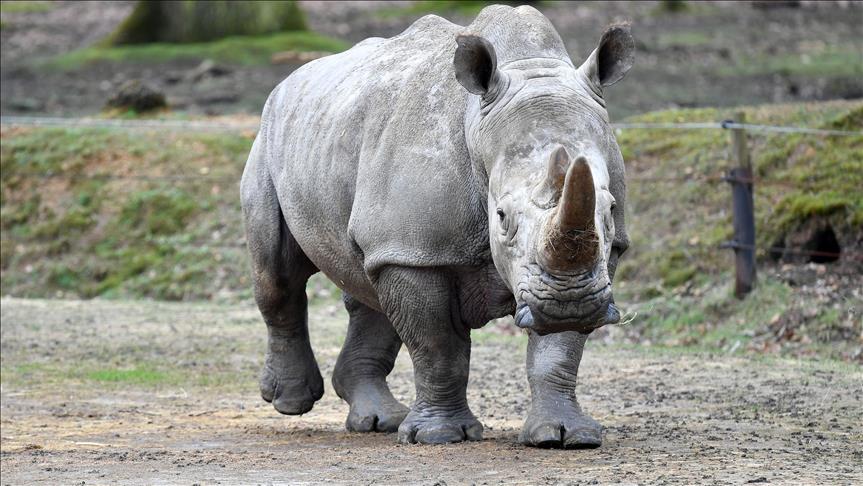


Furthermore, ultrasound scans revealed several small benign tumors on her cervix and uterus, and a cyst in her left ovary.ĭe Mori’s lab group at the University of Padua is responsible for conducting intensive ethical assessments for each procedure involving Najin and Fatu. Collections so far had only yielded a few oocytes from her, none of which had been fertilized successfully. However, evidence gathered over time indicated that Najin’s health and welfare needed special consideration. The dilemma is that the rhinos either go through the procedure, or the entire subspecies is lost. While oocyte collection is a relatively straightforward process for humans, it carries considerable risks for rhinos, in part due to the hazards of placing such a large animal under anesthesia. These procedures depend on harvesting oocytes, or egg cells, from female rhinos and fertilizing them with stored sperm from several deceased males to create embryos. They have a bold strategy to generate offspring using assisted breeding techniques. The BioRescue consortium comprises Leibniz Institute for Zoo and Wildlife Research (Leibniz-IZW) in Germany, Safari Park Dvůr Králové in the Czech Republic (where Najin and Fatu were born), the Kenya Wildlife Service, and Ol Pejeta Conservancy. Najin at the Ol Pejeta Conservancy in Kenya. In 2018, the situation became more pressing with the death of the last male, 45-year-old Sudan, Najin’s father. In 2014, it became clear that the subspecies could not survive through natural breeding - neither Najin nor Fatu can carry a calf to term.


Najin and her daughter, Fatu, both live in Ol Pejeta Conservancy in Kenya and are the only two remaining northern white rhinos ( Ceratotherium simum cottoni) in the world. “It was a difficult decision, very difficult, because we had to evaluate the conservation of the species against the welfare and life of the individual animal involved,” Barbara de Mori, director of the Ethics Laboratory for Veterinary Medicine, Conservation and Animal Welfare at the University of Padua in Italy, told Mongabay. The BioRescue consortium resolved to stop harvesting eggs from 32-year-old Najin following an in-depth ethical risk assessment that took many factors into consideration, including her age, reproductive health and overall welfare. Scientists striving to save the northern white rhino from extinction have announced their decision to retire one of the world’s last two individuals from their assisted breeding program. Experts say Najin will still play a crucial role in efforts to save her subspecies, such as passing on social and cultural knowledge to future offspring, and providing tissue samples for advanced stem cell research.The decision followed an in-depth ethical risk assessment that considered multiple factors, including Najin’s age, health and welfare.BioRescue will no longer harvest eggs from 32-year-old Najin, which makes her daughter, Fatu, the sole supplier of reproductive material for the assisted breeding program the program has so far created 12 rhino embryos from Fatu’s eggs.Scientists have decided to retire one of the world’s last two northern white rhinos from their assisted breeding program, which strives to save the subspecies from extinction.


 0 kommentar(er)
0 kommentar(er)
